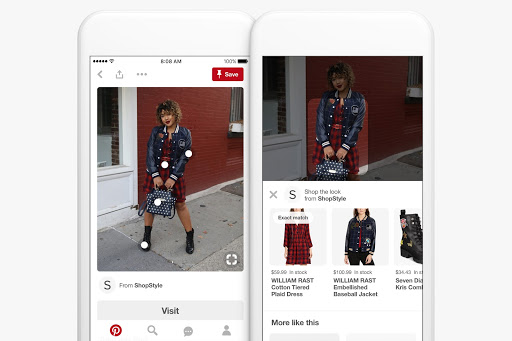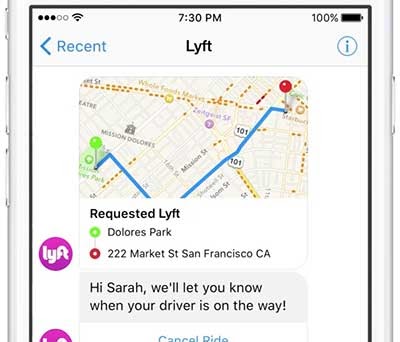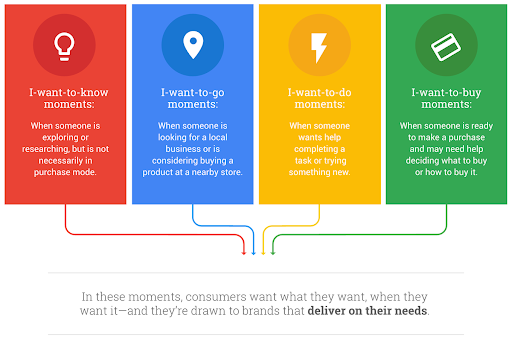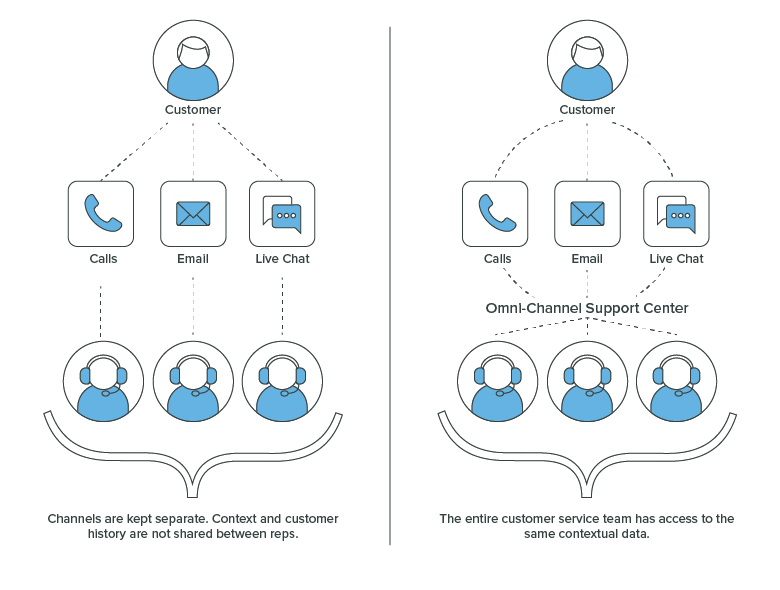Customer experience and lead generation are like two sides of the same coin. In fact, they share a directly proportional relationship. The better the customer experience, the higher the chances of improving lead generation in the future.
How, you ask. For any business, irrespective of the industry it operates in, happy customers are the source of referral business. They share the gospel about the business to their friends and family. That zero-dollar word-of-mouth-marketing acts as a silent lead generation engine for your business.
In fact, studies by major think-tanks like PwC have concluded that customers are willing to pay more for better customer experience. Simply put, better customer experience translates into more revenue for your business—be it through lead generation or through repeat purchases by existing customers.
But, how does one render a superior customer experience when working with customers virtually, over the internet with eCommerce as the medium?
There are ways to do it right. Some of them are:
- Visual search
- Real-time support
- Chatbot interactions
- Omni-channel support
- Customer ratings & reviews
Let’s take a look at each of these points in detail.
Visual Search
61% of consumers say visual search elevates their experience compared to in-store browsing, which can be cumbersome. Visual search refers to the technology where users can search for products by capturing its image using their phone camera, or by scanning an already existing image in their device memory.
There are two popular examples of visual search you must have seen at least once. One is Pinterest. The second is Google Lens.
Pinterest introduced its visual search for shoppable pins in November 2017. The feature allowed users not only to search for pins with images but also to buy them from the pin.

Google Lens operates along similar lines, as well. It allows users to scan an image and fetch real-time search results.
Be it Pinterest visual search or Google Lens — both these visual search features work with the help of ‘Artificial Intelligence‘ (AI) and ‘Machine Learning‘ (ML). They make it easy for users/customers to find information quicker without having to wade through web search results.
For first-time users, this is a great utility since they do not have to hunt for information online. Also, the trouble of knowing the right keyword for an online search is eliminated. Visual search takes care of it all, thereby elevating the overall shopping experience. These tools can turn casual searchers into serious shoppers.
Real-Time Support
Google, in this ‘Think with Google‘ blog, explains the concept of micro-moments and why it is important in crafting customer journeys. A micro-moment is defined as an intent-rich moment when a person turns to a device to act on a need—to know, to do, or to buy.
The to-know moments are those when someone is exploring or researching but is not necessarily in the purchase mode. Similarly, the to-do moments are those when someone wants help completing a task or is trying something new—for example, onboarding support for a new customer.

Both these scenarios are crucial in the customer’s buying journey since decisions would be based on what kind of information brands deliver to them. Needless to say, real-time information delivery makes a huge difference to the customer’s decision, especially in customer support, and first, when the customer’s grievance has to be put to rest immediately.
It is here that live chat software can prove to be a brand’s best friend. If you have a website — be it a B2B website or an online store that attracts visitors round the clock, it is not possible to answer their queries round the clock. Live chat software can take over when you don’t have the personnel to man the chat interface. It can collect inputs from users, navigate them to frequently asked questions, or even collect their details for sending a response via email.
For example, a visitor who is visiting your website for the first time can be served with relevant information even if there are no agents to handle the chat conversation in person.
Chatbot Interactions
AI-enabled chatbots are computer programs that can mimic human conversations, including native language and tonal modulations. Compared to live chat software, they are far more advanced and can provide dynamic responses to user queries.
What makes chatbot beneficial for businesses is that they are easily scalable, they continuously learn from user interactions and can be customized extensively for any industry or business function. Unsupervised learning using AI and ML makes chatbots independent software that can scale capabilities on their own.
Lyft, the cab-hailing app, which provides roughly 10 million rides a week, is just one of the many brands using chatbots to deliver better customer experience. Lyft’s mobile app is integrated with an AI-powered chatbot that makes cab booking a breeze for customers. The chatbot enables passengers to leave with a resolution in less than 30 seconds.

In fact, thanks to bots like the Facebook Messenger Bot, SlackBot, and the likes, it is now possible for brands to integrate chatbots into multiple mediums through which customers can interact with them. These bots come pre-programmed with FAQs that simplify the work for businesses that are just getting on board the chatbot bandwagon.
While technology like chatbots can augment human interactions, they’ll never replace them. If you’re considering adding chatbots into your marketing, make sure they aren’t damaging your customer experience.
Omnichannel Support
Most customer journeys begin with a mobile search, are resumed on a tablet, and often conclude on a desktop. There could be several variants of the same customer journey. Google found in its study that 90% of multiple device owners switch between screens to complete tasks, using an average of three different combinations every day. The point is, if your customers use omnichannel for purchase, customer support must also follow suit.
In fact, according to an SDL survey, holiday shoppers expect consistent brand experiences across channels and devices. So, one of the ways brands can elevate customer experience is by offering customer support across the web, phone, chat, social media, and in-store. Also, these support channels must be integrated so that the process is seamless and not siloed. It should absolve the customer from having to repeat the complaint to multiple agents or through multiple mediums.
The point worth remembering is that multichannel is not the same as omnichannel. Multichannel has various siloed forms of support. Omnichannel, on the other hand, is integrated to provide a seamless support experience.
From a customer experience point of view, omnichannel service is better than a multichannel service because it renders a seamless experience. In multichannel, all support channels are siloed and not integrated. In omnichannel, all channels are integrated and work together in conjunction. Unified customer experience is definitely a selling point for new leads.

Customer Ratings and Reviews
Despite the massive proliferation of online shopping, customers still have some doubt lingering in the back of their minds regarding placing orders. This is largely due to the lack of physical touch that is usually present in a brick-and-mortar store. Also, there is also a small element of ambiguity involved in the quality of the product, its dimensions, and its durability. The risk of buying duplicate and counterfeit products also worsens the case.
Customer ratings and reviews can help dispel such doubts form the customers’ minds. They act as social proof that can help make customers make informed decisions. Since customer ratings and reviews are user-generated, they also enjoy a higher level of confidence from prospects.
In a way, these ratings and reviews can also help in lead generation. The feedback and suggestions customers offer through their reviews can be considered as pointers for improvement in the product/service. A brand that actively listens to its customers and takes corrective actions will be seen as a customer-centric brand. And customer-centric brands have little trouble in lead generation.
Why Customer Experience is Here to Stay
In the modern internet-led world, customers are spoiled with unlimited choices. The next best choice is just an online search away. This puts tremendous pressure on businesses to sustain their customer experience. Thus, unique and interactive customer experience is the only differentiator.
Think about Starbucks’ coffee; Apple’s user experience; Amazon’s one-click purchase; Zappos’ Happiness promise—these are not proprietary technologies but unique customer experiences these brands have conceived through constant trial and error.
You might be thinking that these are all huge brands and have deep pockets to craft such experiences. For small and medium-scale businesses that have tight purses, interactive customer experiences can be delivered in several other ways. Visual search, live chat support, chatbots, omnichannel support, and customer reviews are just a few of the ways smaller brands can provide better experiences on a tight budget.
They elevate the user experience for current customers and improve lead generation across potential customers. Leads generated through a higher touch experience will stick around longer, spend more money, and be easier to retain—all of which is beneficial for your business’ bottom line.




